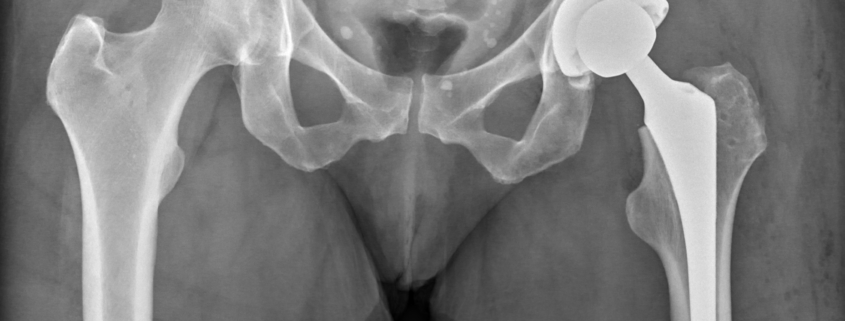
Artificial Joint Replacement of the Hip, Anterior Approach
Overview of Artificial Joint Replacement of the Hip, Anterior Approach
Artificial joint replacement, otherwise known as hip arthroplasty, is an operative procedure replacing a damaged hip joint with an artificial one. It’s common amongst people over 60, mainly due to conditions like arthritis and fractures that damage the hip joint, affecting mobility and causing pain. Frequently carried out, the anterior approach for hip replacement refers to the surgical incision made in the front (anterior) of the hip, rather than the side or back.
Types of Hip Replacement
The types of hip replacements mainly vary depending on the material of the prosthesis used and the fixation methods. Common types include Metal-on-Metal (MoM), Ceramic-on-Metal (CoM), Ceramic-on-Ceramic (CoC) and Ceramic-on-Polyethylene (CoP). Another type is the anterior minimally invasive surgery (AMIS), which offers less muscle damage and a quicker recovery.
Causes and Risk Factors
Hip joint damage leading to a hip replacement can stem from various factors. Osteoarthritis, a degenerative joint disease, is the most common cause. Other factors include hip fractures, necrosis of the hip, rheumatoid arthritis, and congenital deformities. Obesity, aging, hip trauma, and certain metabolic diseases increase the risk of needing hip arthroplasty.
Symptoms Leading to Hip Replacement
Individuals requiring hip replacement usually report chronic hip or groin pain, stiffness affecting mobility, discomfort during prolonged sitting, a “locking” or “sticking” feeling in the hip joint, and severe pain that interferes with sleep.
Diagnosing the Need for Artificial Joint Replacement
The diagnosis is mainly based on the assessment of symptoms, physical examination, and imaging tests, including X-rays and MRI. In certain cases, a bone density test may be done to assess the strength of the bones.
Treatment Options
Before resorting to a hip replacement, conservative methods are often tried, including pain management with medications, physical therapy, and lifestyle changes. When these fail or the damage is severe, an artificial joint replacement involving the anterior approach or other methods may be suggested.
Living With Artificial Joint Replacement of the Hip, Anterior Approach
Recovery after anterior hip replacement generally involves physiotherapy and gradual increase in physical activity. Lifestyle changes such as maintaining a healthy weight, balanced diet, and regular, low-impact activities are recommended. Pain medications must be used as directed, and regular follow-ups with the healthcare provider will ensure proper healing and functionality of the joint.
When to Seek Help
Following the surgery, immediate medical attention should be sought if severe pain persists or increases, redness, swelling, or discharge at the incision site arises, fever or chills occur, or there are signs of hip joint dislocation (like a clicking sound or feeling, or the inability to move).
By understanding more about the artificial joint replacement of the hip, patients can make informed decisions about treatment options. Patients must remember to consult with healthcare providers for individualized advice. Regular follow-ups and a healthy lifestyle are key to ensuring long-term success after undergoing a hip replacement surgery.
